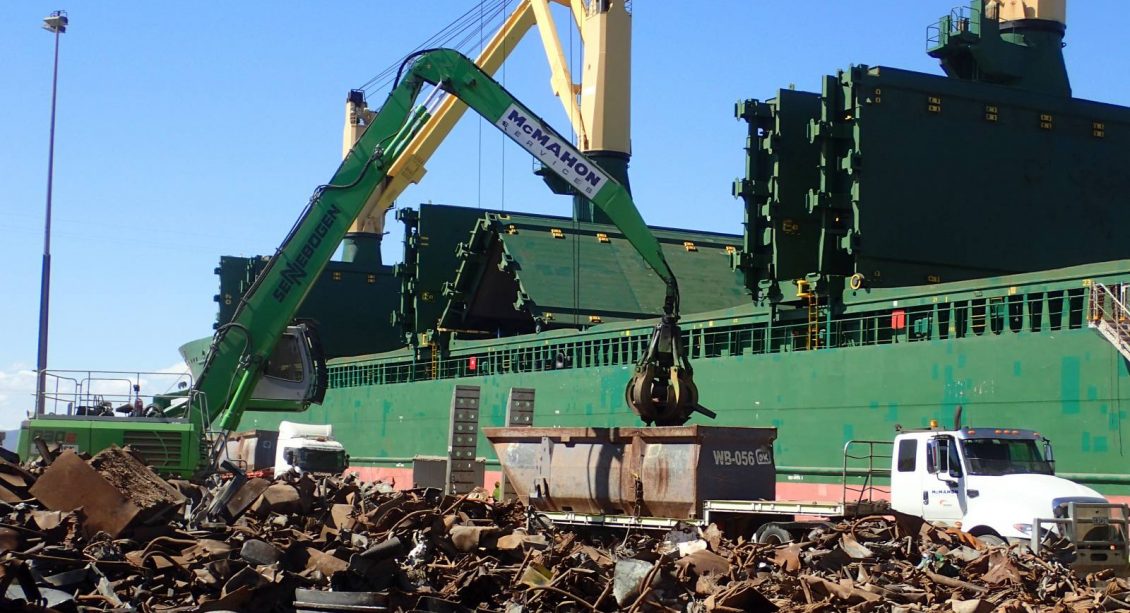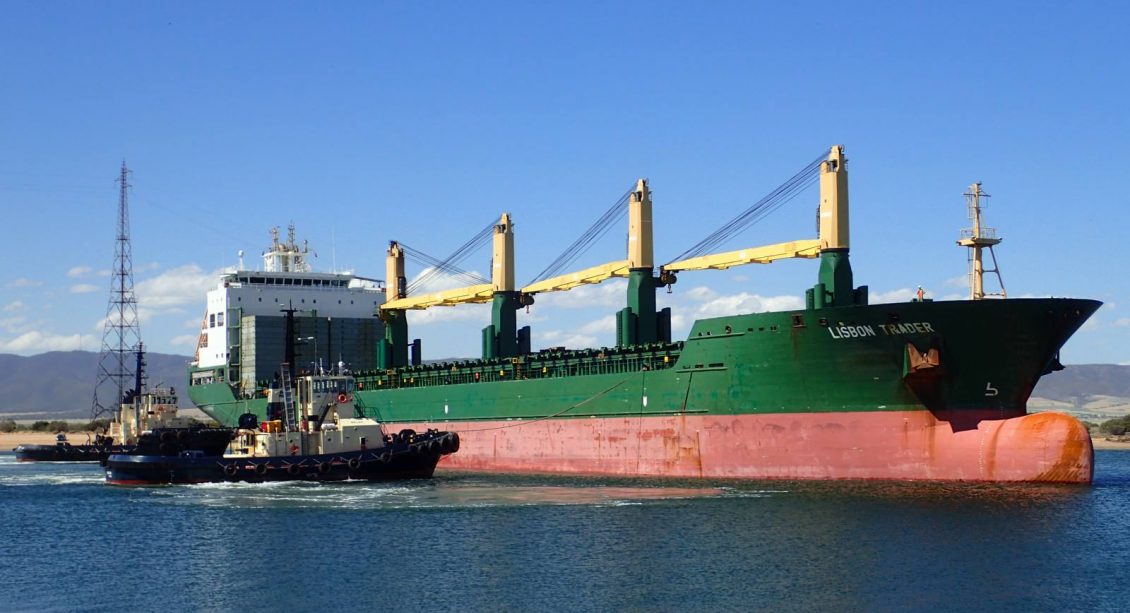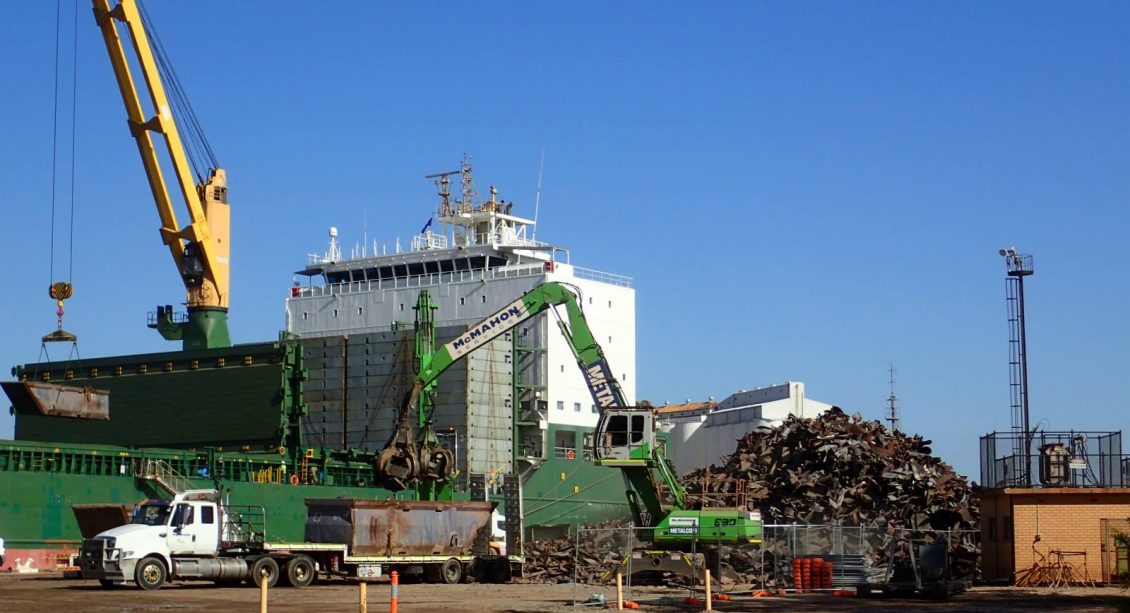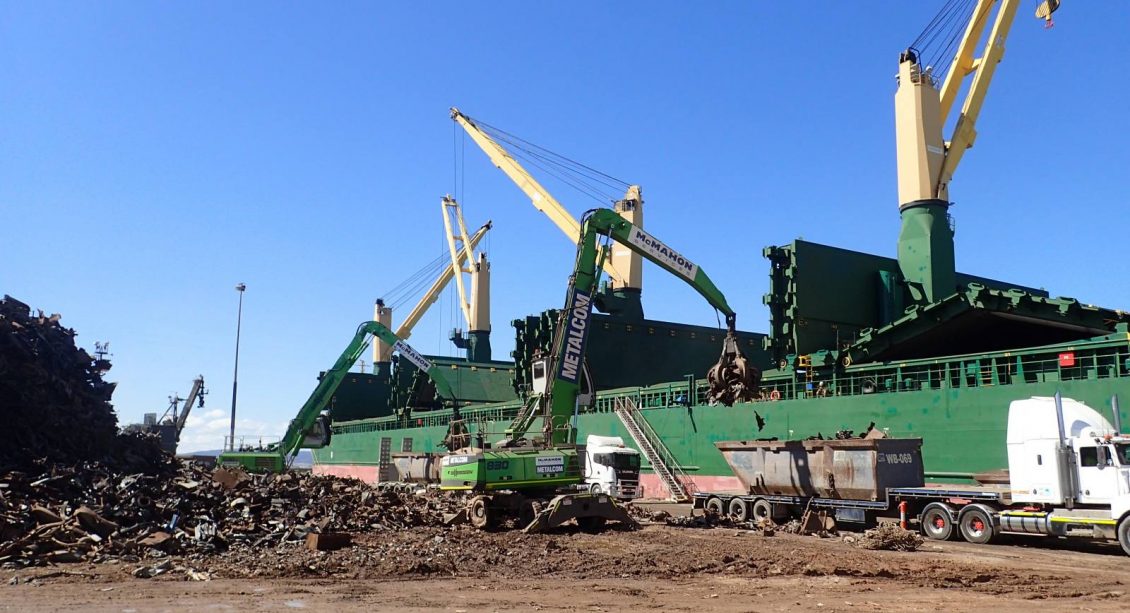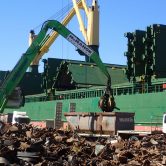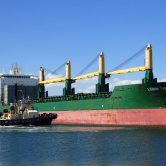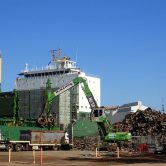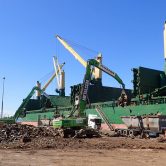Project Overview
The Augusta Power Stations are located on the tip of the Spencer Gulf, and have provided the South Australian and National Electricity Markets with power since 1954. On 9th May 2016, the Augusta Power Stations generated power for the last time and were then disconnected from the power network, ready to commence the demolition and decommissioning of the facilities.
In September 2015, Flinders Power entered into an eight-month collaborative planning period with McMahon Services on how best to demolish, asset salvage and decommission the three power stations and associated assets.
The two companies then entered into a formal alliance contracting arrangement to undertake the works. McMahon Services mobilised to site in June 2016 and the first demolition works commenced shortly thereafter. A significant outcome of the project was the 50,000t of ferrous and non-ferrous scrap metals generated during the demolition works, which was sold as lotted assets on open national and international markets.
Scope of Work
All scrap was sold under Institute of Scrap Recycling Industries (ISRI) Specification. Processed scrap was transported in 10,000t lots to a wharf at Port Pirie 80km from the project site. This loading process was completed using nine semi tippers and road-trains over a 17-day period for each lot. Shipping vessels were loaded over a 72-hour continuous period before shipping to South East Asia for re-use resulting in 100% recycling of the materials.
At Port Pirie, Sennebogen material handlers loaded scrap at a rate of 142t / hour into bin trucks. When the bins were full they were lifted with four chains and a spreader bar. The back hooks on the bins were fixed and the front were j hooks, which allowed for the bin’s contents to be easily tipped into the cargo holds.
Once the scrap arrived at port in South East Asia, excavators with grapples were craned into the cargo holds to load the scrap into similar bins for transport. Once bins reached capacity they were craned out and loaded onto barges with 1200t capacity per barge. The barges then proceeded up river to the steel mill. Scrap was discharged at the mill using a similar method used at the port.
At the mill, scrap was tipped into a storage bay then charged direct into the induction furnaces using a magnet. Once scrap was melted it was continuously cast into billets 100mm by 100mm and cut into 12m lengths. Billets were then sold to rolling mills, were sold as construction reinforcement bars or passed through a series of rollers to become 40m lengths of wire rod and then sold.
Non-ferrous metals were separated from ferrous mental then classified by metal type and sold separately.

